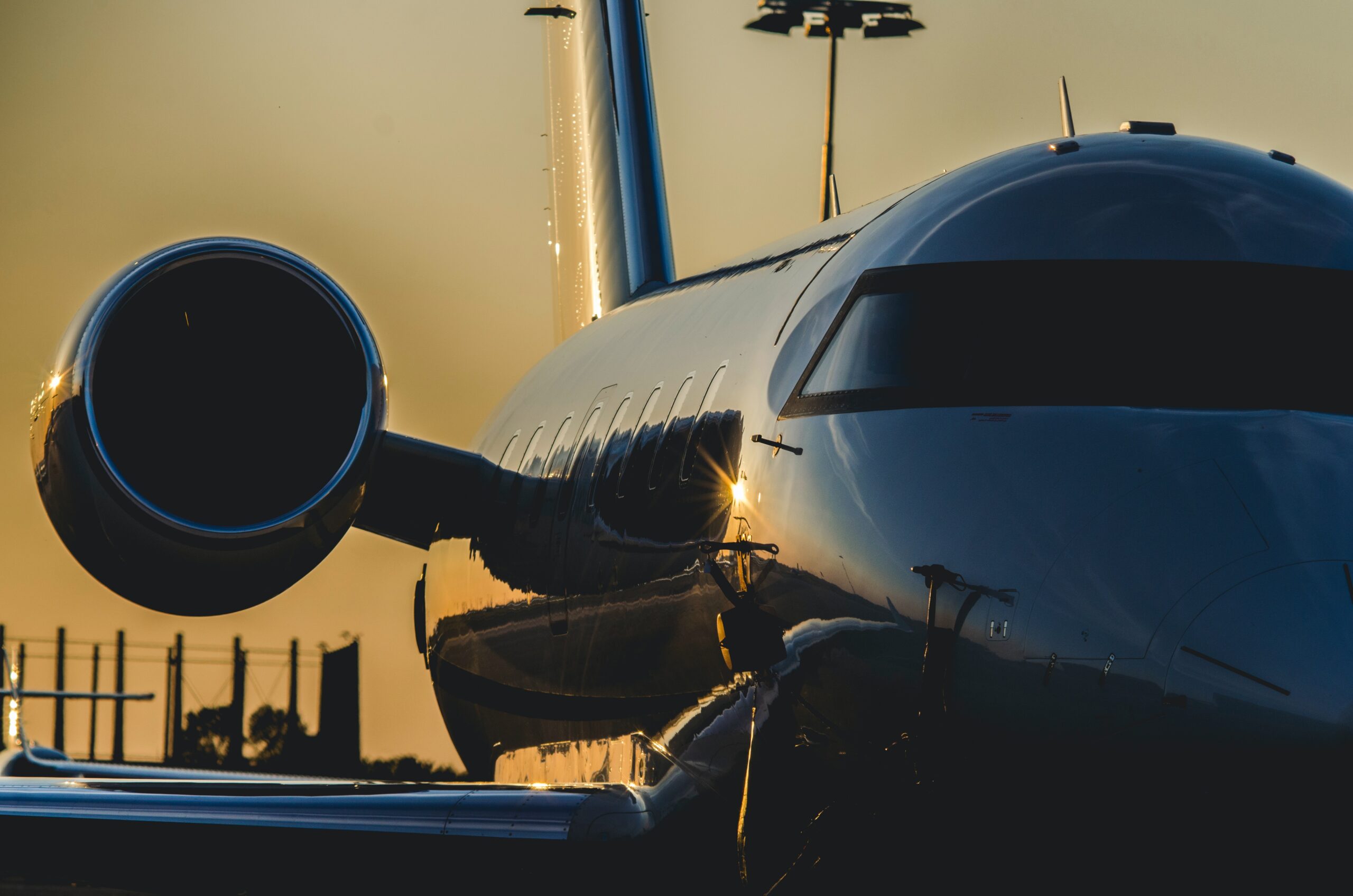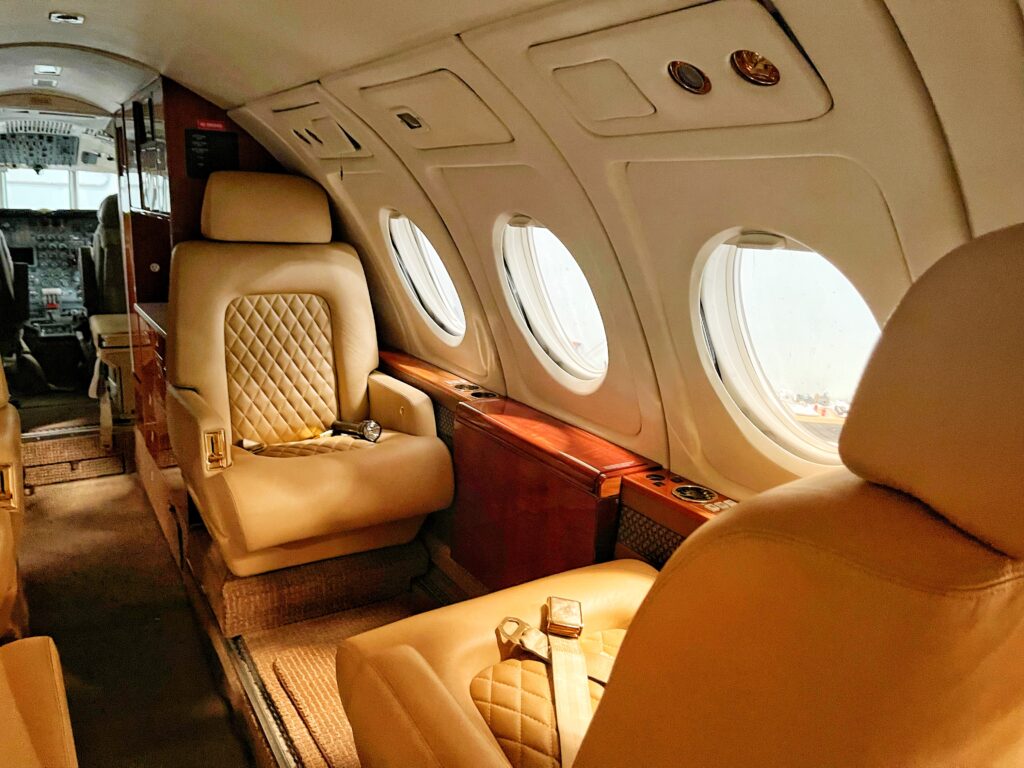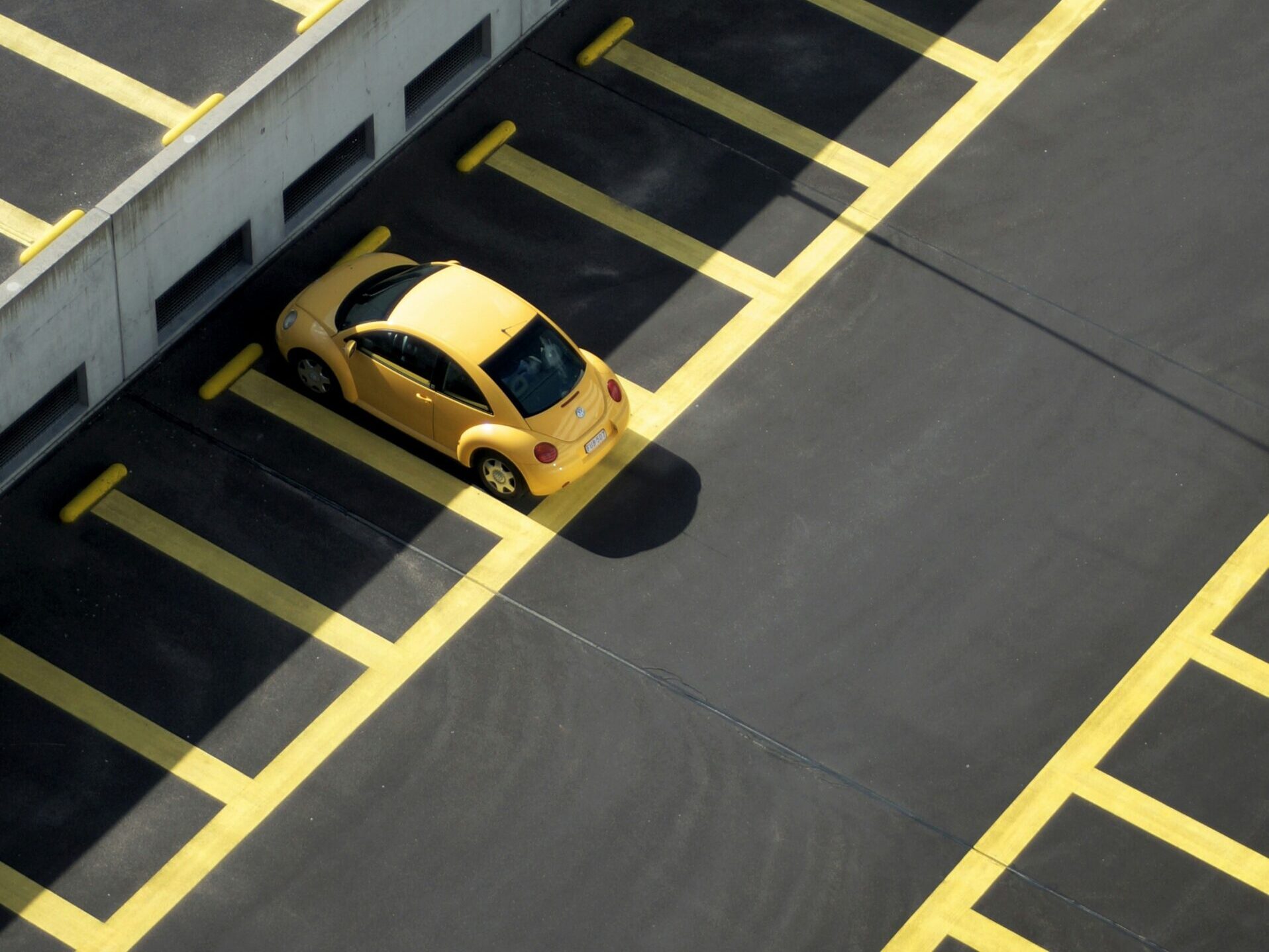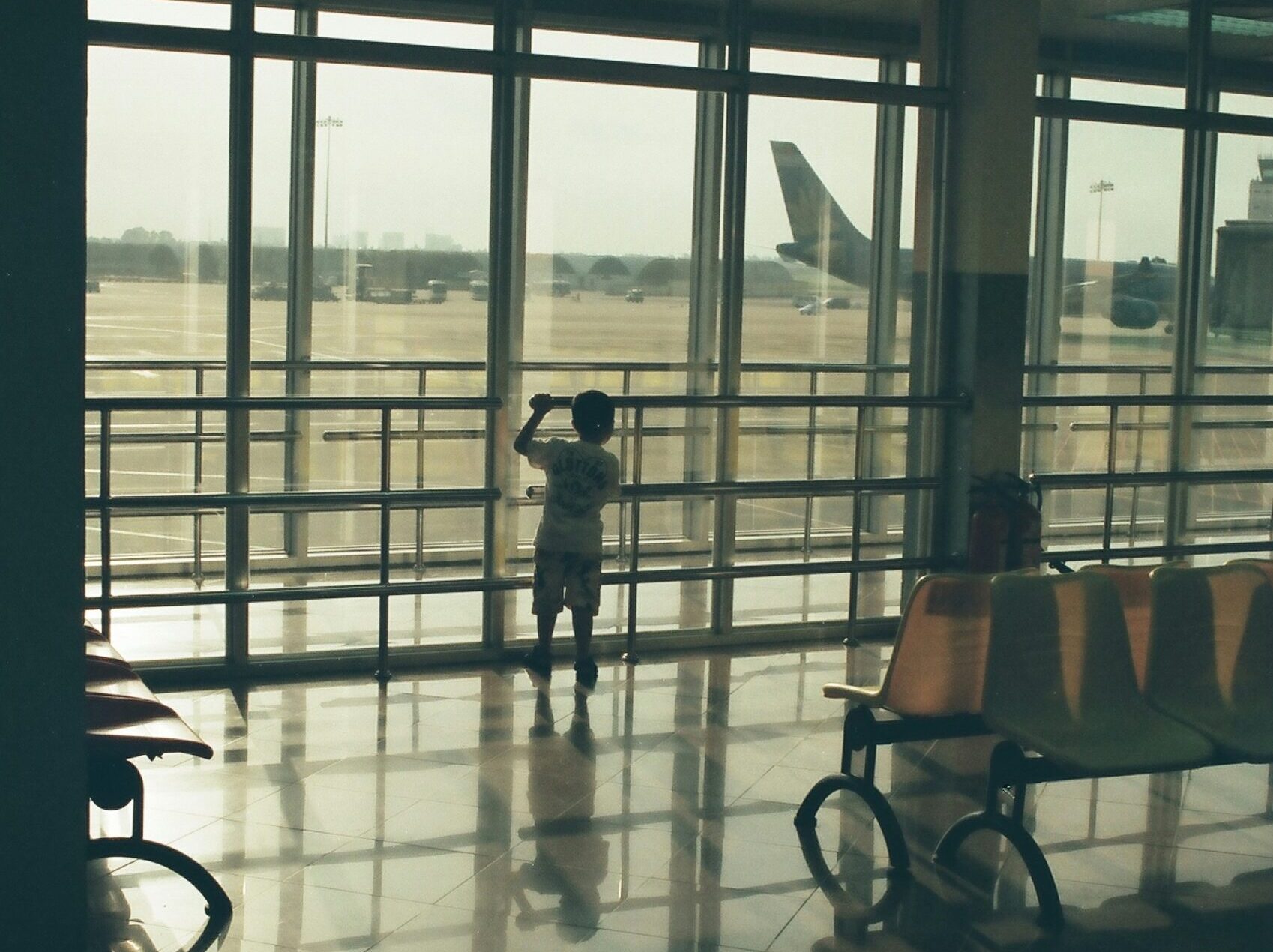Private Jet Travel Demand Drops after Great Pandemic Surge
Headwinds of uncertainty and costs finally impact appetites for taking private flights
by Lark Gould
May 31, 2023

Photo: Courtesy of Ramon Kagie / Unsplash
For the first time since its unprecedented surge in popularity during the pandemic, the private jet industry is experiencing some headwinds.
Demand for private flights is on the wane, but such corrections could signal the health, not demise, of a segment of the aviation market that may be on a trajectory toward unsustainable growth.
April saw some 7.7% fewer private jet flights in North America than in the same time frame in 2022, noting data from Argus, which manages aircraft activity analysis and market intelligence reporting and works with many private aviation companies.

Photo: Courtesy of Yaroslav Muzychenko / Unsplash
According to the April Argus Global Business Aircraft Activity Report, global flight activity decreased 6.9% from April 2022, and monthly activity declined 4.3% from March 2023. The North American market reported a 7.7% yearly decrease in activity from April 2022 and was down 4.7% from March 2023. Argus’s TRAQPak analysts further estimated a 2.4% decrease in overall North American flight activity year over year in May 2023.
“If the last three years have proven anything, it is that nothing is certain. Still, our TRAQPak analysts have accepted that challenge, reviewed all of the known variables that impact business aviation, and we have arrived at our 2023 forecast,” Argus posted.
But even these numbers can be misleading. In an industry that showed a 10.3% surge industrywide in recent months over similar periods in 2019, such demand corrections may be a good thing, not only due to aircraft, parts, and pilot shortages but also some concern for the environmental costs of private flying.
As some 5.5 million business aircraft took to the skies last year, the average private jet burned around 5,000 gallons of fuel per hour, equivalent to about 400 passenger cars. The average commercial jet burns nearly half that much.

Photo: Gulfstream G650ER. Courtesy of Gulfstream Aerospace
Some European regulators are taking action in response to commercial and private aviation surges. Europe’s fourth busiest airport, Schiphol International Airport in Amsterdam, decided to implement a total private jet ban to reduce air traffic. Greenpeace has called for a complete ban on private jets and barnstormed a major private aviation sales event in Europe in May to make its point.
Still, the demand and health of private aviation in the U.S. remains robust. “The attitude with a lot of people is we’re sort of glad demand isn’t as strong,” noted Doug Gollan, publisher of the Private Jet Card Comparisons newsletter, in a published report. “Nobody seems worried about the declines. A lot of them think it is recalibrating back to where they can handle demand better.”
If there is a silver lining for private flying, even as costs for parts, maintenance, and operations continue to rise in these uncertain times, it is that the price of private flying may have hit a peak. The $40,000 trip to Cabo may be a thing of the past. Private Jet Card Comparisons found that hourly rates for jet card systems dropped 5.2% from 2022 to the end of March.
“This is just a cooling off — if anything, it’ll give a nice little pop since we think 10 percent of the (pandemic-galvanized) newcomers will stay,” noted Brian Foley of the aviation consulting group Brian Foley Associates in an article. Foley has been monitoring business aviation for nearly two decades. “That’s pretty good growth for an industry that was never designed to be a mass-transit system.”




